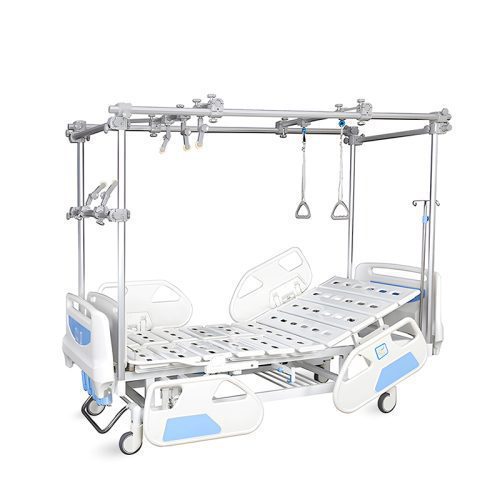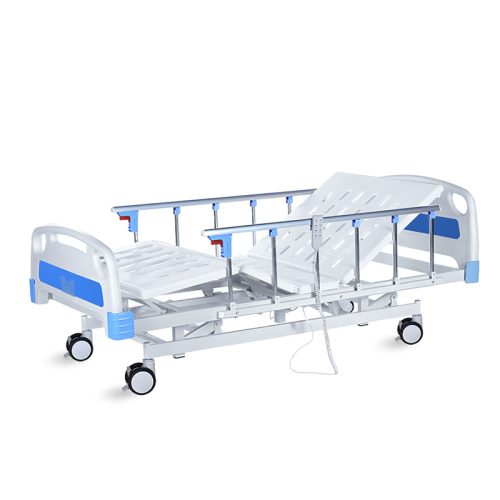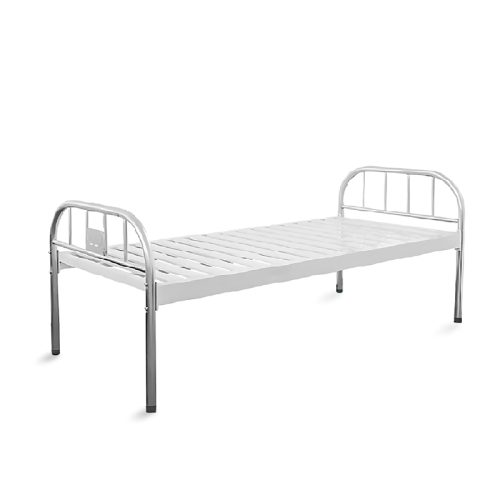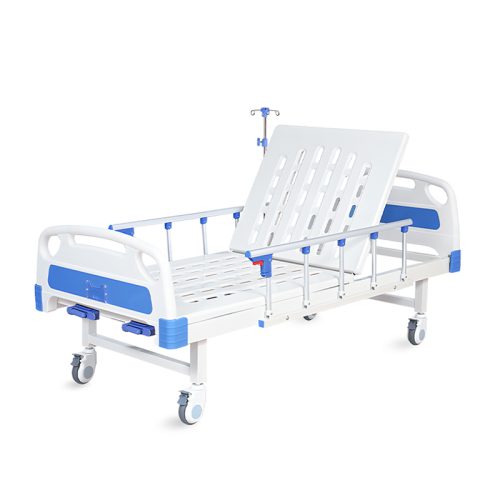
- Pat de spital
Un ghid cuprinzător pentru paturile pediatrice: caracteristici, beneficii și informații despre piață
- Prin kelingmedical
Doctors and nurses can work more effectively with pediatric beds because they have child-friendly designs and safety features built in. Suppliers who learn about pediatric bed needs will have a better chance to serve the medical equipment market for children.
1. The Purpose of Pediatric Beds
Pediatric beds are made to help children in hospitals with their medical and emotional care. These beds serve several purposes:
Providing Safety: Children have a higher risk of falling when using regular hospital beds. The beds for pediatric patients come equipped with guardrails, smooth edges and reliable locking systems to keep them safe.
Enhancing Comfort: These beds let you customize comfort levels while their child-friendly design and suitable dimensions help children stay relaxed.
Facilitating Care: The medical staff can treat patients more easily because pediatric beds support their work.
2. Key Features of Pediatric Beds
A pediatric hospital bed is different from a regular adult model in all aspects. These beds include different features to work best for children’s needs.
Caracteristici de siguranță
Adjustable Side Rails: The side rails protect children from falling while letting caregivers step in easily.
Rounded Corners: The bed design prevents children from getting hurt.
Secure Locking Mechanisms: Ensure stability during use.
Child-Friendly Design
Bright Colors and Graphics: Pediatric beds make spaces more friendly and less scary for children.
Customizable Appearance: You can pick from child-friendly decorations and designs.
Ergonomic Adjustments
Height Adjustment: Caregivers can work at their preferred height without feeling tired.
Multi-Position Settings: The bed helps patients get into different rest positions plus supports medical procedures.
Integrated Technology
IV Pole Attachments: The medical equipment attaches easily to this bed for giving fluids or medicine.
Monitoring Ports: You can connect medical equipment with built-in ports in this bed.
Mobility and Storage
Swivel Wheels: The bed helps medical staff move from one room to another.
Under-Bed Storage: Patients use these areas to store important medical tools or personal items.
3. Types of Pediatric Beds
1. Manual Pediatric Beds
Description: Medical staff uses levers or cranks to make bed adjustments.
Advantages: Affordable and straightforward.
Disadvantages: Manual controls are harder to use when you need to change positions often.
2. Electric Pediatric Beds
Description: Electric motors in these beds let users make changes without effort.
Advantages: This bed system offers smooth control plus full customization benefits healthcare facilities.
Disadvantages: The price of electric beds exceeds manual models.
3. Crib-Style Pediatric Beds
Description: Install tall protective side rails for children who are young.
Advantages: The design keeps babies and toddlers completely protected from harm.
Disadvantages: These beds work best for young children only.
4. ICU Pediatric Beds
Description: These beds are built specifically for use in intensive care units.
Advantages: These beds come with advanced medical tools for patient observation and care.
Disadvantages: These beds need expert staff to work them and cost more than basic models.
The healthcare system receives these benefits from pediatric beds.
Pediatric beds help healthcare facilities and their patients experience better results.
Pentru pacienți
Improved Comfort: Specialized beds for children are built in the right scale so they can sleep easily.
Psychological Support: Child-friendly designs at hospitals help children feel safer and less afraid of their treatment.
Pentru îngrijitori
Increased Efficiency: The medical equipment becomes easier to use because of its adjustable height and built-in technology.
Safety Measures: The beds help prevent injuries which leads to better medical treatment for patients.
Pentru instituțiile medicale
Enhanced Reputation: Putting money into top-tier pediatric beds shows how much you care about delivering special care.
Compliance with Standards: Pediatric hospital beds need to pass safety and cleanliness checks to meet official rules.
5. Perspective și oportunități de piață
The global demand for pediatric beds is rising, driven by:
Increasing Hospitalization Rates: Doctors now treat more children because pediatric medicine has made great progress.
Focus on Patient-Centric Care: Hospitals focus their resources on getting equipment that makes patients’ hospital stays better.
Government Regulations: Local health authorities in different regions require hospitals to stock pediatric equipment for their facilities.
Distributors and suppliers must add pediatric beds to their product mix because of these market developments. Our diverse pediatric bed lineup fits all medical facilities including hospitals, clinics, and children’s specialty centers.
Concluzie
Healthcare facilities that treat young patients require specialized beds for their patients. These special beds help children stay safe and happy during treatment while making the work of healthcare providers easier.
The industry benefits when distributors and suppliers invest in pediatric bed supply. Understanding pediatric beds will help you support healthcare providers with better care for children worldwide.
Apel la acțiune
If you want to grow your product collection with safe children’s beds reach out to us now. Talk to us now to see our full selection of pediatric beds and learn how we help healthcare facilities succeed.
📧 E-mail: inquiry@shkeling.com
🌐 Site web: www.shkeling.com.cn
Așteptăm cu nerăbdare să construim un parteneriat de succes cu dumneavoastră!






